Electric bike controllers are the “brain” of your e-bike, managing power flow from the battery to the motor and coordinating functions like speed, torque, and pedal assist. Selecting, installing, and maintaining the right controller ensures smooth performance, efficiency, and longevity. Models like the TST Defender 26 and Dreamer 27 rely on quality controllers to deliver powerful, reliable rides tailored to diverse terrains and rider needs.
What Is an Electric Bike Controller and How Does It Work?
An electric bike controller regulates the voltage and current sent from the battery to the motor based on rider inputs such as throttle and pedal-assist sensors. It interprets signals and adjusts motor power to control speed, acceleration, and torque. Controllers optimize energy use, prevent overload, and may include features like regenerative braking and multiple riding modes for efficiency and rider customization. Can I test ride or pick up locally?
How Do You Choose the Right Electric Bike Controller?
Choosing the right controller involves matching motor power and voltage ratings, ensuring compatibility with your battery and display, and selecting the appropriate control type (sine wave, square wave, or FOC). Consider your riding style, terrain, and desired performance. For example, sine wave controllers offer smooth, quiet operation ideal for commuting, while square wave controllers provide strong torque for off-road use.
Chart title: Electric Bike Controller Types and Features
| Controller Type | Characteristics | Best Use Case |
|---|---|---|
| Square Wave | Strong torque, noisier | Budget riders, off-road |
| Sine Wave | Smooth, quiet, efficient | Commuters, long-distance rides |
| FOC (Field-Oriented Control) | Precise control, max efficiency | High-performance riders |
Which Tools and Steps Are Needed to Install an Electric Bike Controller?
To install an electric bike controller, you’ll need basic tools like screwdrivers, zip ties, a wrench, and electrical tape. First, disconnect the battery. Remove the old controller, then match wires by color codes or labels to motor, throttle, brakes, and display. Secure the new controller to the frame, connect all cables firmly, and double-check connections. Reconnect the battery and test functionality. Proper mounting and insulation help ensure safe, reliable controller performance.
Installation requires basic tools like screwdrivers, Allen keys, wire strippers, and a multimeter. Steps include:
- Locating and mounting the controller securely on the frame.
- Disconnecting the battery before work for safety.
- Connecting battery wires, motor phase wires, hall sensor cables, throttle, and display connectors in the correct order.
- Ensuring proper wiring polarity and secure connections.
- Testing functionality before finalizing installation.
Why Is Proper Maintenance Important for Your E-Bike Controller?
Regular inspection prevents issues like loose connections, corrosion, or damaged wires that can cause erratic performance or failure. Cleaning connectors, checking for moisture intrusion, and monitoring unusual noises help maintain controller health. Proper maintenance extends the lifespan of your controller and ensures consistent, safe operation.
What Are Common Controller Problems and How Can You Troubleshoot Them?
Common controller issues include no power, jerky acceleration, or error codes on the display. Begin by checking battery voltage and wire connections. Look for loose or damaged connectors. If the motor doesn’t spin, test the throttle and brake cutoff switches. Use a multimeter to inspect voltage at key points. For persistent problems, reset the controller or update firmware if possible. Replace the controller if it’s burned out or unresponsive after all checks.
Common issues include no power, motor running backwards, inconsistent assist, or error codes. Troubleshooting involves:
- Checking all wiring and connectors for damage or loose contacts.
- Using a multimeter to test voltage and continuity.
- Resetting the controller by disconnecting power briefly.
- Swapping motor phase wires if the motor runs backwards.
- Consulting error codes in the user manual for specific fixes.
How Do TST EBike Models Benefit from Quality Controllers?
TST Defender 26 and Dreamer 27 e-bikes feature high-quality controllers matched to their powerful motors and batteries, delivering smooth acceleration, reliable pedal assist, and efficient power management. This synergy enhances ride comfort, battery life, and durability, making TST EBikes ideal for rough terrains and daily commuting alike.
Buying Tips
When purchasing an electric bike controller or replacement:
- Ensure voltage and current ratings match your motor and battery specifications.
- Choose controllers compatible with your e-bike’s sensors and display.
- Prefer sine wave or FOC controllers for smoother, quieter rides.
- Buy from reputable suppliers or directly from brands like TST EBike for quality assurance.
- Consider warranty and customer support availability.
These tips help you select a controller that maximizes performance and reliability.
Electric bikes (eBikes) are revolutionizing personal transportation, offering convenience, efficiency, and sustainability. At the heart of an eBike’s performance is the electric bike controller, which acts as the brain of the system, regulating power distribution between the battery and motor. If your eBike suddenly stops working or isn’t performing as expected, the controller could be the issue. This guide will walk you through how to connect an eBike controller, troubleshoot common issues, and select the right controller for your needs.
What is an Electric Bike Controller?
An electric bike controller is the central component that manages power distribution from the battery to the motor, interpreting inputs from the rider and sensors to regulate speed and performance. It ensures smooth acceleration, braking, and overall ride quality.
The electric bike controller is an essential component that manages the relationship between the battery, motor, throttle, and pedal-assist system (PAS). It dictates how much power is sent to the motor based on user input and system conditions. Think of it as the CPU of your eBike, processing signals from various sensors and ensuring smooth operation.
Types of eBike Controllers
- Sine Wave Controllers – Offer smoother acceleration and quieter operation.
- Square Wave Controllers – More affordable but can be noisier.
- Field-Oriented Control (FOC) Controllers – Provide higher efficiency and smarter motor management.
How to Connect an Electric Bike Controller
To connect an electric bike controller, match the color-coded wires from the controller to the corresponding components: motor, battery, throttle, and sensors. Secure all connections firmly, and consult the manufacturer's wiring diagram to ensure proper setup and functionality.
If you’re installing a new controller or replacing a faulty one, follow these steps carefully to ensure correct installation:
Step 1: Gather Necessary Tools
- Screwdrivers
- Electrical tape
- Multimeter
- Zip ties
- Heat shrink tubing (optional for insulation)
Step 2: Identify the Controller’s Connectors
Most controllers come with labeled wires or color-coded connectors, including:
- Battery Connector (usually red and black)
- Motor Phase Wires (green, yellow, blue)
- Hall Sensor Wires (small red, black, green, yellow, blue wires)
- Throttle Wire (typically three wires)
- Pedal Assist System (PAS) Connector
- Brake Cutoff Sensor
Step 3: Disconnect the Old Controller
- Turn off the power and disconnect the battery.
- Carefully remove the old controller and take note of wire connections.
Step 4: Connect the New Controller
- Connect the battery wires – Ensure correct polarity (red to red, black to black).
- Attach motor phase wires – Match colors (yellow, blue, green).
- Connect hall sensor wires – Align small wires carefully.
- Plug in the throttle and PAS system.
- Secure all connections with zip ties and electrical tape.
Step 5: Test the Installation
- Reconnect the battery and turn on the system.
- Test throttle response and pedal assist functionality.
- Check for error codes on the display (if available).
Troubleshooting Common eBike Controller Issues
Common e-bike controller issues include unresponsive motors, erratic behavior, or error codes. Troubleshoot by checking for loose or damaged wiring, ensuring the battery is charged, and inspecting for blown fuses. Resetting the controller or consulting a professional may be necessary.
If your eBike isn’t functioning correctly after installing or replacing a controller, try these troubleshooting steps:
1. Controller Not Powering On
Possible Causes:
- Battery is not connected properly.
- Fuse is blown.
- Wiring issue.
Solution:
- Check battery connections and charge level.
- Replace any blown fuses.
- Inspect wiring for loose or damaged connectors.
2. Motor Doesn’t Respond
Possible Causes:
- Faulty throttle or PAS sensor.
- Motor phase wires not connected correctly.
Solution:
- Verify throttle and PAS connections.
- Check motor wiring and reattach any loose cables.
3. Error Codes on Display
Many modern eBikes have error codes to diagnose problems. Refer to the manufacturer’s manual to decode the error and take necessary steps.
4. Controller Overheating
Possible Causes:
- Insufficient cooling or excessive current draw.
- Incorrect controller rating for the motor.
Solution:
- Ensure the controller is mounted in a ventilated area.
- Use a controller with the appropriate voltage and current rating for your motor.
Choosing the Right Electric Bike Controller
When selecting a controller for your eBike, consider the following:
| Feature | Importance |
|---|---|
| Voltage Compatibility | Must match your battery (e.g., 36V, 48V, 52V) |
| Current Rating | Determines power output (e.g., 15A, 25A) |
| Motor Compatibility | Ensure the controller supports your motor’s wattage |
| Smart Features | Bluetooth, LCD display support, regenerative braking |
| Weather Resistance | Choose an IP65 or higher rating for durability |
Recommended Controllers
Select an electric bike controller compatible with your motor's voltage and current ratings. Ensure it supports your bike's features, such as pedal-assist levels and throttle type. Consider controllers with programmable settings for customized performance.
For high-performance eBikes, TSTebike offers controllers that ensure smooth acceleration, efficient power management, and waterproof protection. Whether you need a replacement or an upgrade, TSTebike controllers provide excellent reliability.
Maintaining Your eBike Controller
Maintain your e-bike controller by keeping it clean and dry, avoiding exposure to extreme temperatures, and regularly inspecting connections for corrosion or wear. Secure mounting prevents vibrations that could damage internal components.
To extend the lifespan of your eBike controller:
- Regularly inspect wiring for wear and tear.
- Keep it away from excessive moisture.
- Avoid running the motor at full throttle for extended periods.
- Use a protective casing if riding in extreme conditions.
The Future of eBike Controllers
Future e-bike controllers are expected to integrate advanced technologies like AI for adaptive performance, enhanced connectivity for diagnostics, and improved energy efficiency. These innovations aim to provide smarter, more responsive riding experiences.
As technology advances, AI-driven controllers are becoming more common, optimizing power usage and extending battery life. Future controllers may integrate with smartphone apps for real-time diagnostics and custom ride settings.
Conclusion
Understanding how to connect, troubleshoot, and maintain your electric bike controller can save you time and money while ensuring a smooth riding experience. Whether you’re replacing a faulty controller or upgrading for better performance, choosing a high-quality controller from TSTebike will enhance your eBike’s efficiency and longevity.
Do you have questions about eBike controllers? Drop a comment below or check out TSTebike’s latest eBike accessories!
What should I consider when selecting an electric bike controller?
When selecting a controller, ensure voltage and current match your motor and battery, and verify compatibility with sensors, display, and throttle. Consider controller type—sine wave models offer smoother, quieter rides—and additional features like regenerative braking or cruise control. Waterproof performance is essential to prevent damage during wet conditions.
How do I safely install an e-bike controller?
Disconnect the battery before installation. Mount the controller where heat can dissipate, then connect the motor’s phase and hall sensor wires. Attach the throttle, display, and sensors. Connect the battery last, checking polarity to avoid short circuits. Test the system by gradually engaging the throttle to ensure smooth wheel operation.
What maintenance practices help extend controller lifespan?
Keep the controller clean and dry, and inspect for dust or moisture regularly. Check all electrical connections for security and damage. Monitor for signs of malfunction, like unusual heat or motor interruptions. Update firmware when available and avoid overloading the e-bike to prevent overheating and internal component damage.
Does wheel type or terrain affect controller performance?
Yes. Rough terrains or soft surfaces demand higher torque, causing the controller to work harder and consume more battery. Smooth roads allow efficient rolling, reducing motor strain. Choosing a controller matched to the riding conditions ensures consistent performance, prolongs battery life, and maintains reliable operation for models like TST EBike.
Can firmware updates improve controller performance?
Firmware updates fix bugs, enhance compatibility with sensors and displays, and can optimize power delivery. Regular updates ensure the controller operates efficiently, reduces errors, and helps prevent overheating. Using official updates from manufacturers like TST EBike maintains system integrity and long-term performance reliability.
What common issues should riders watch for with their e-bike controller?
Riders should watch for loose or damaged wires, error codes, motor cutouts, or overheating. Improper installation or mismatched voltage/current can cause malfunctions. Regular inspection, secure connections, and adherence to manufacturer guidelines, such as those provided by TST EBike, help prevent common problems and ensure safe, efficient riding.
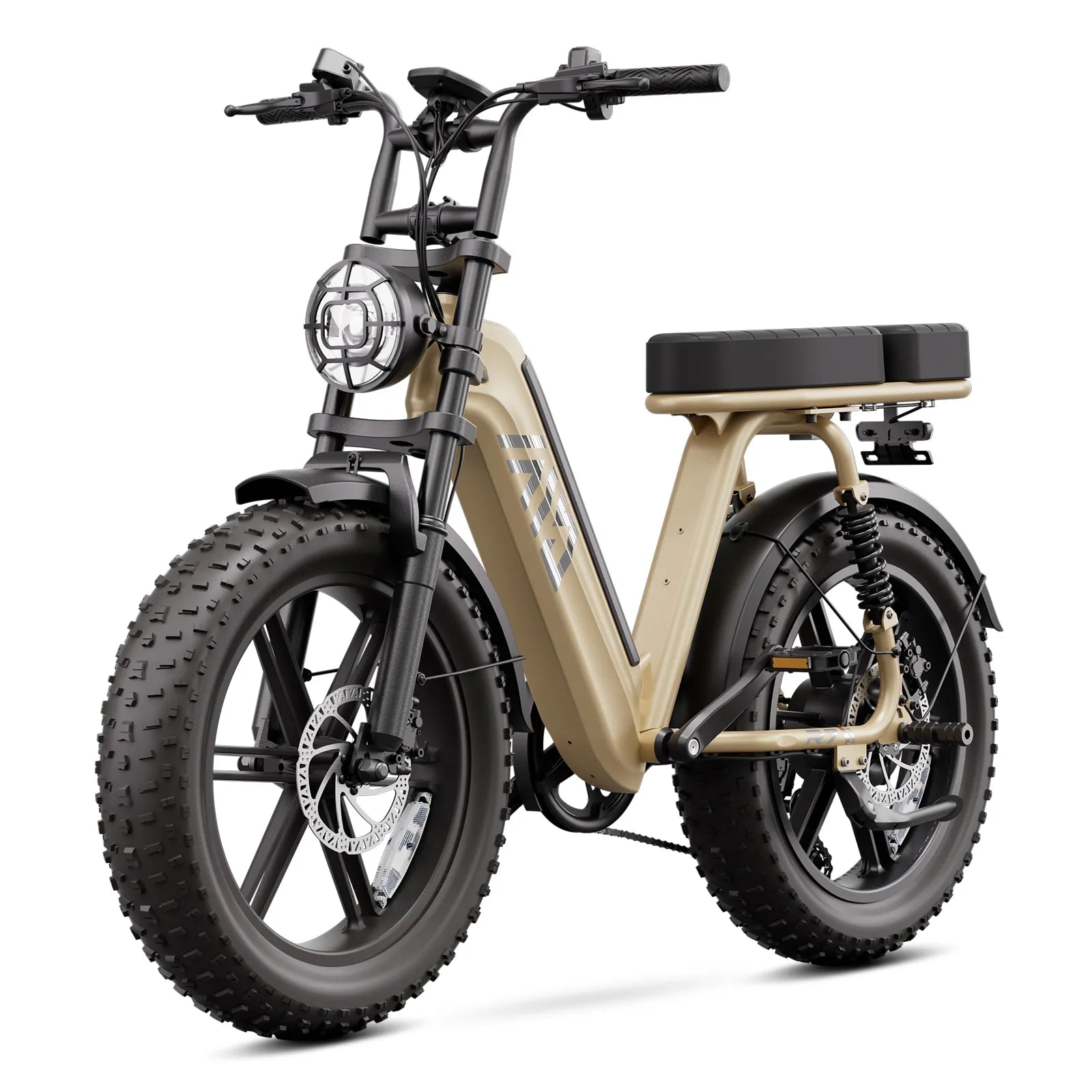
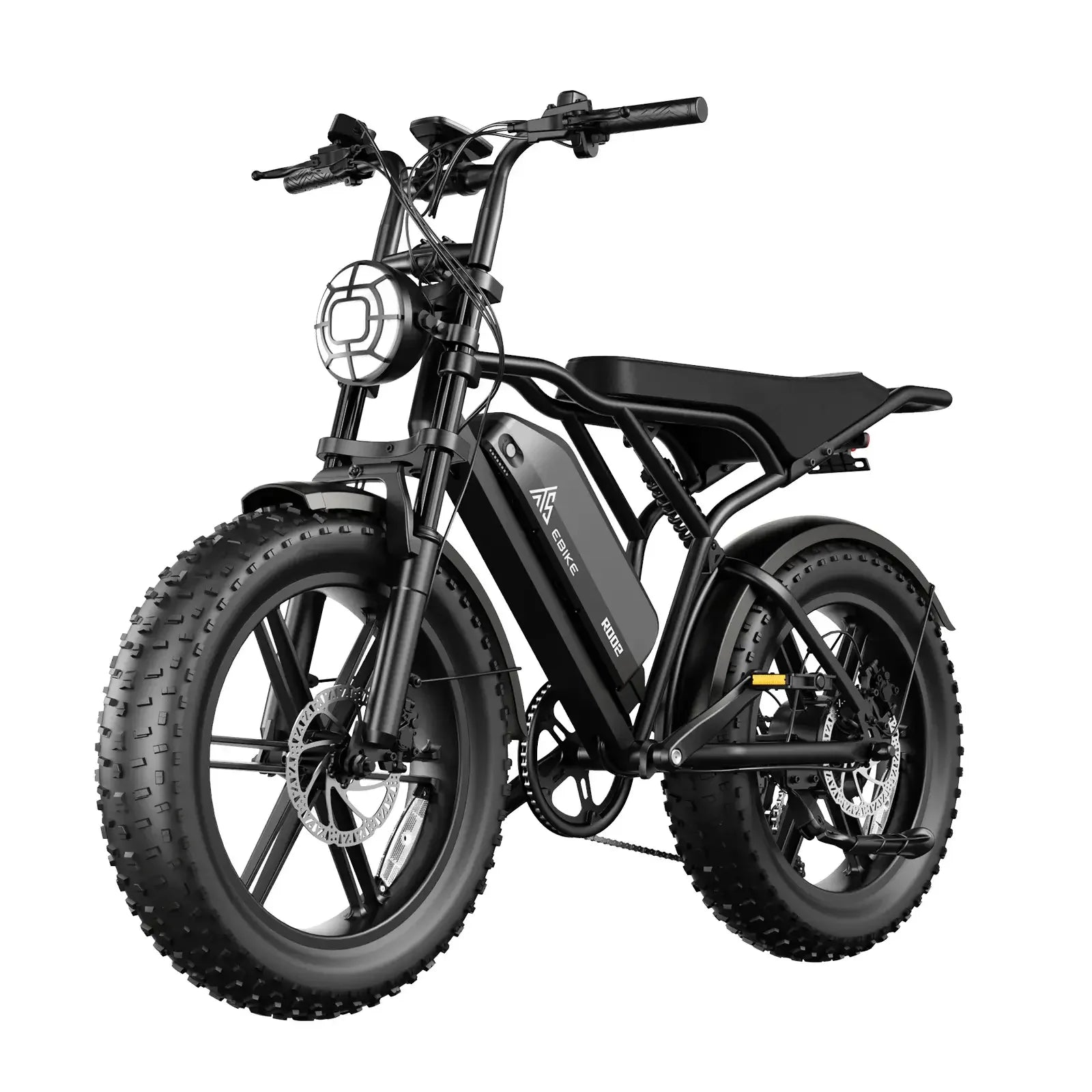

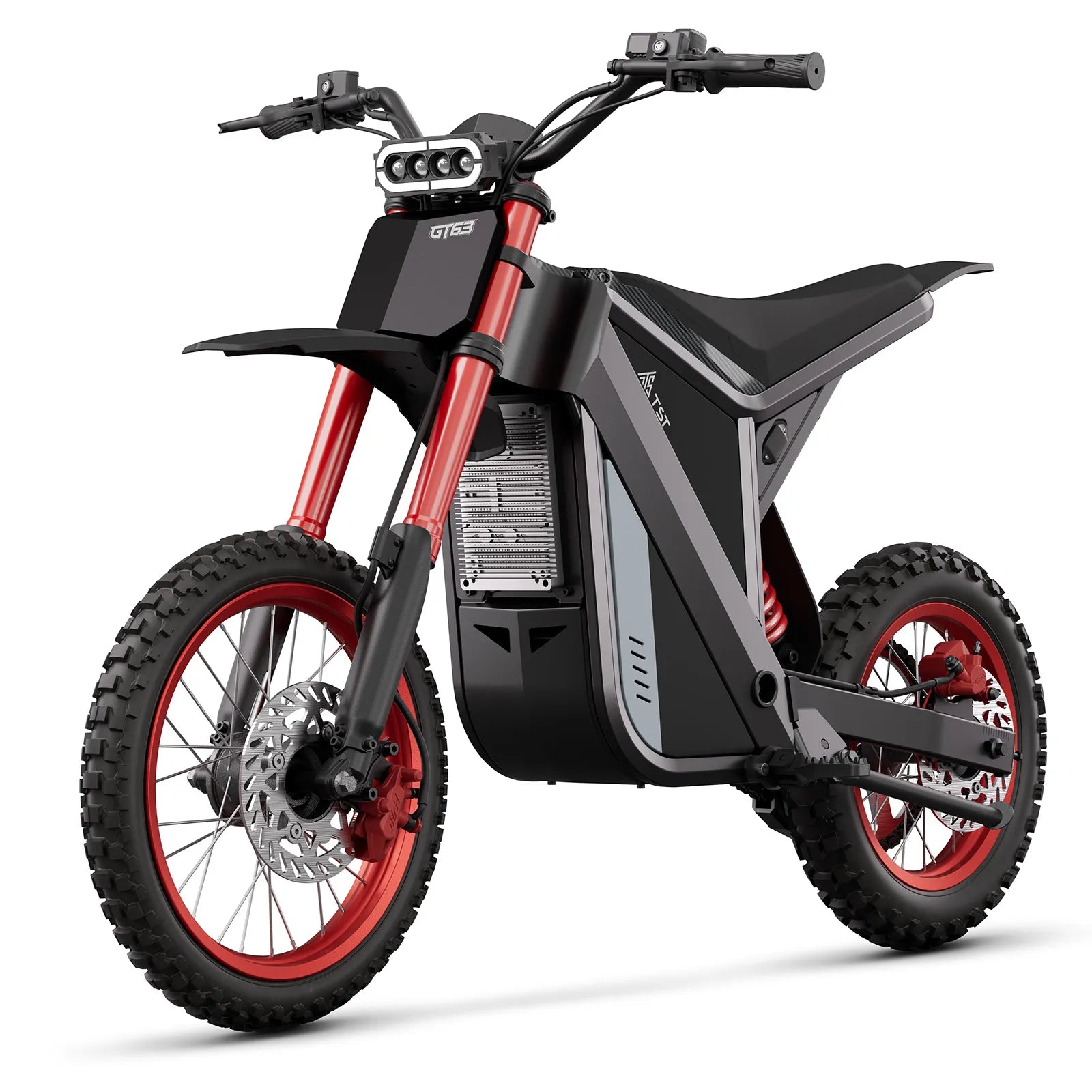
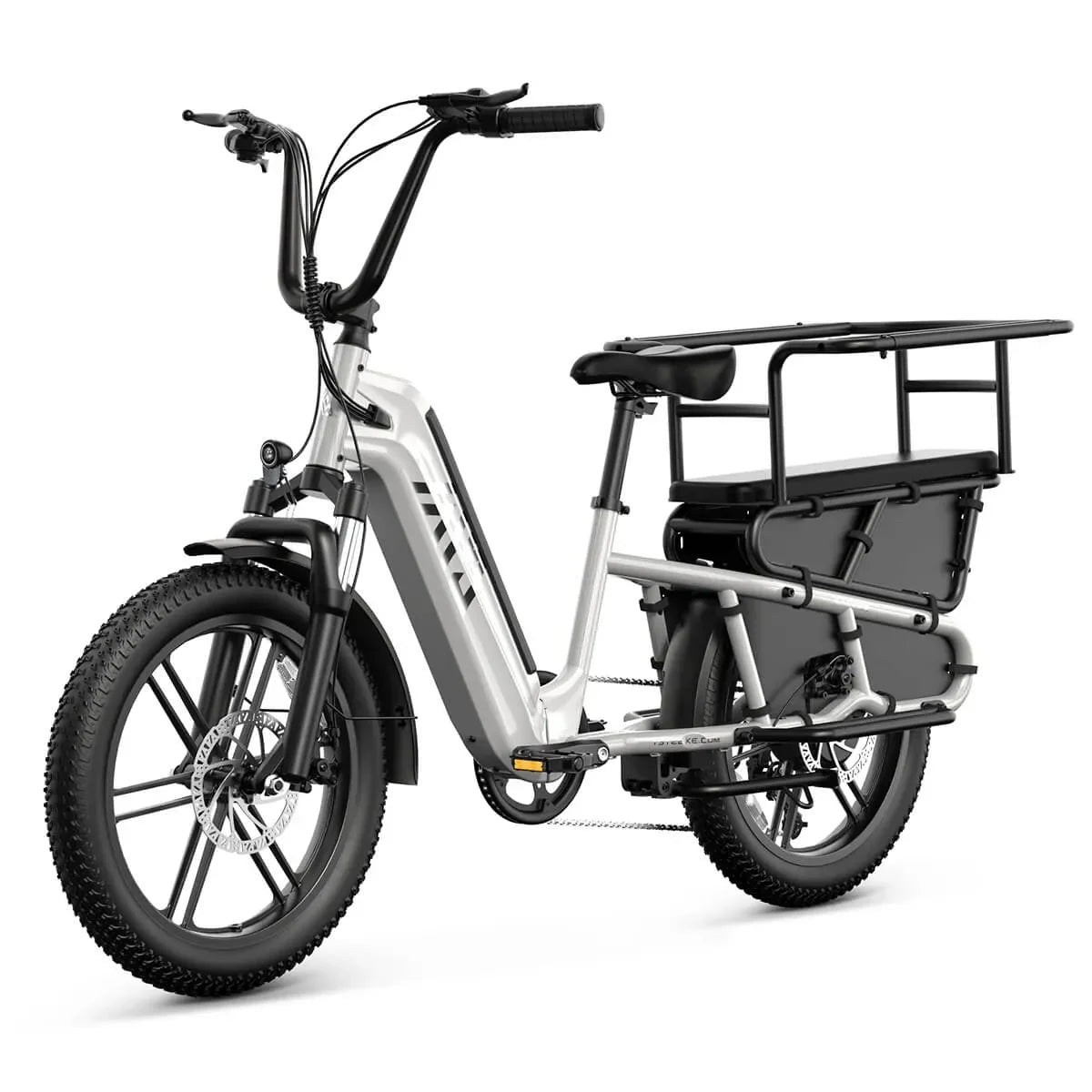
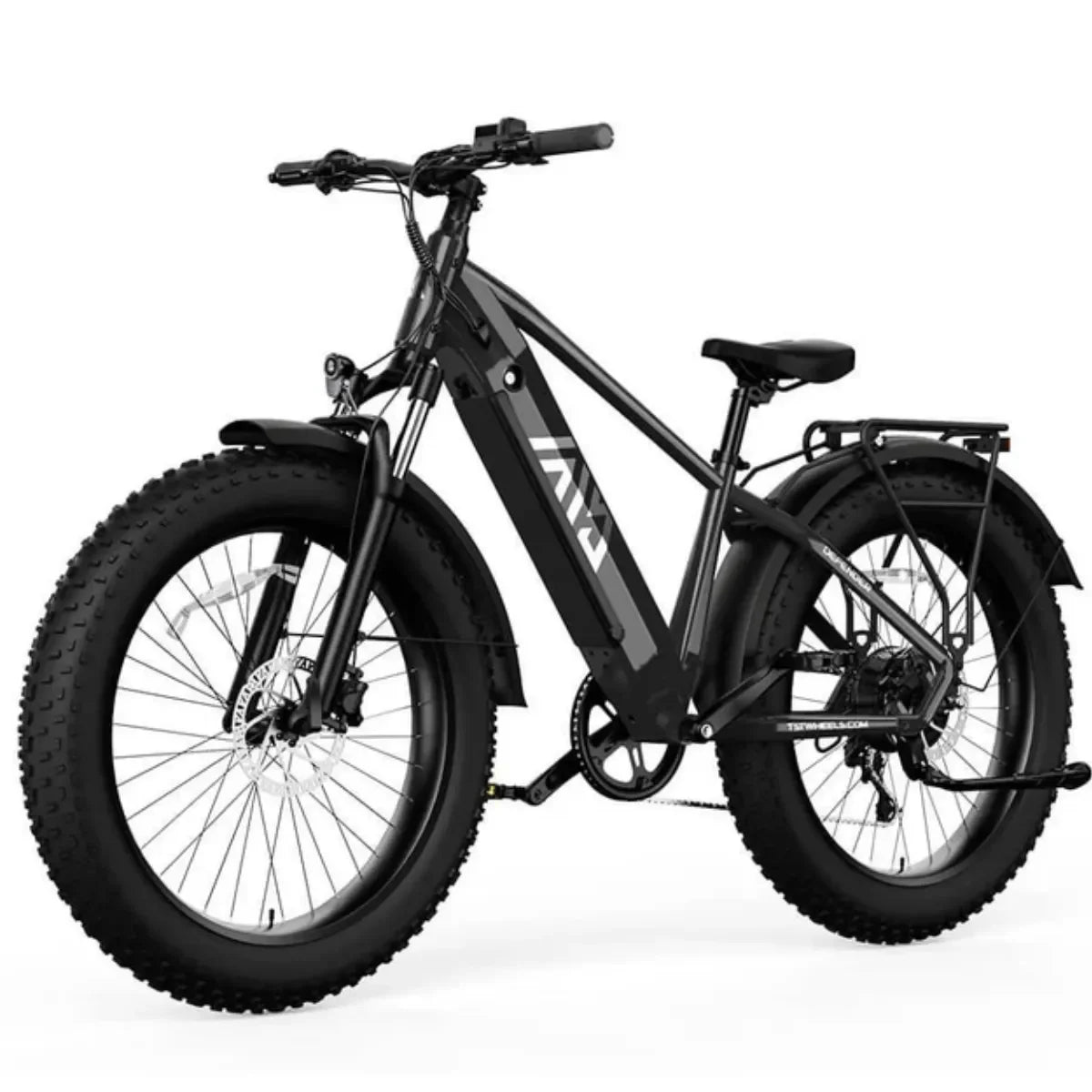
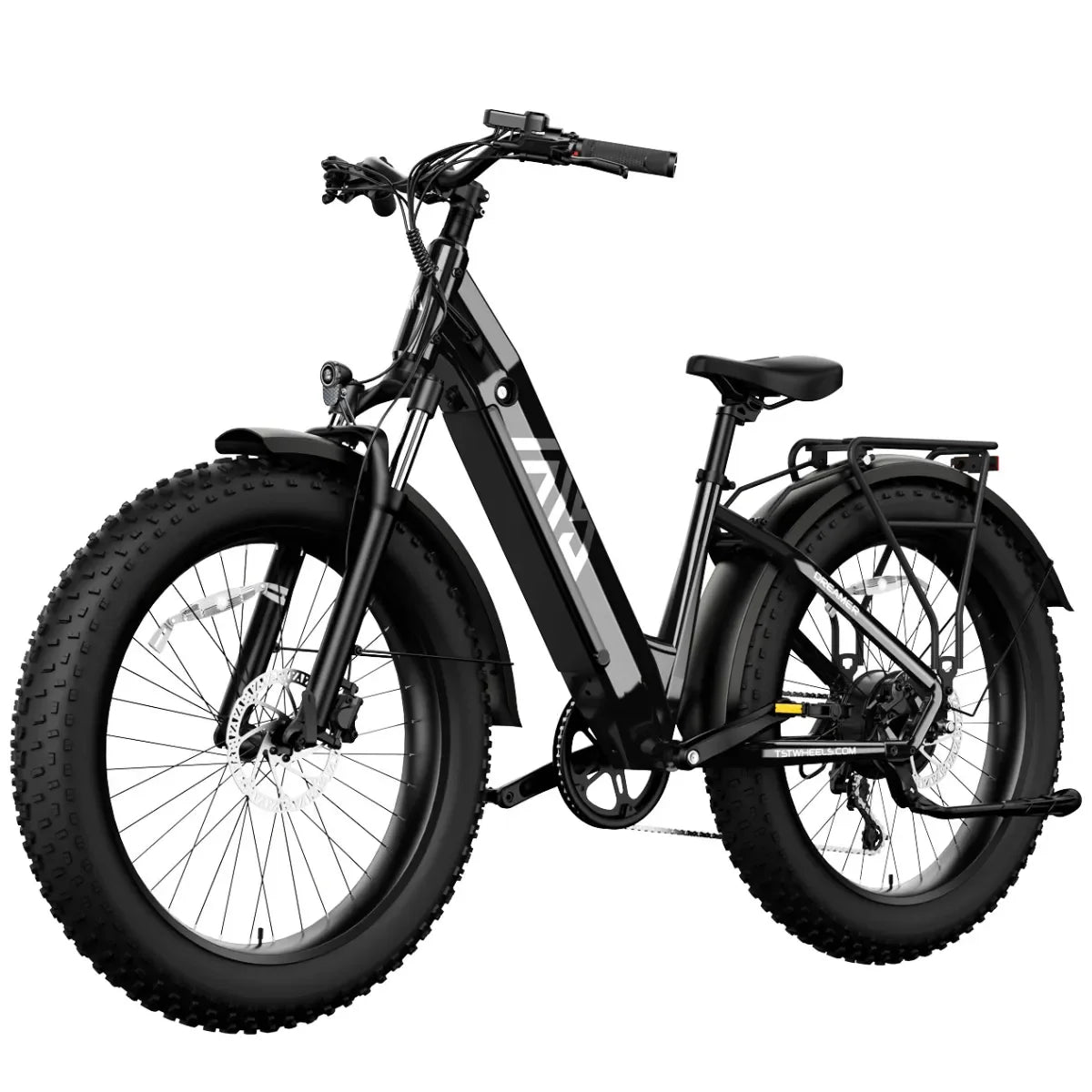
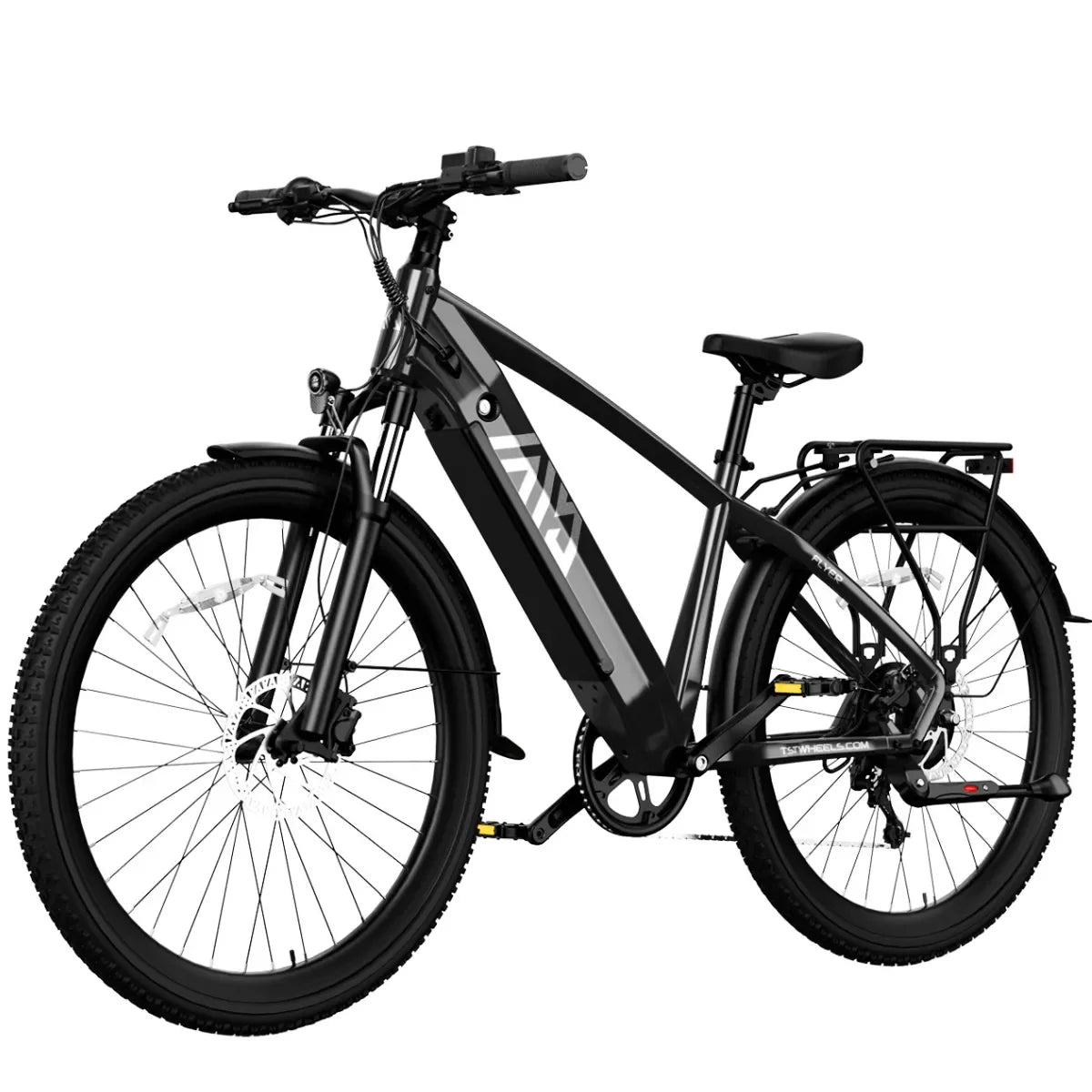
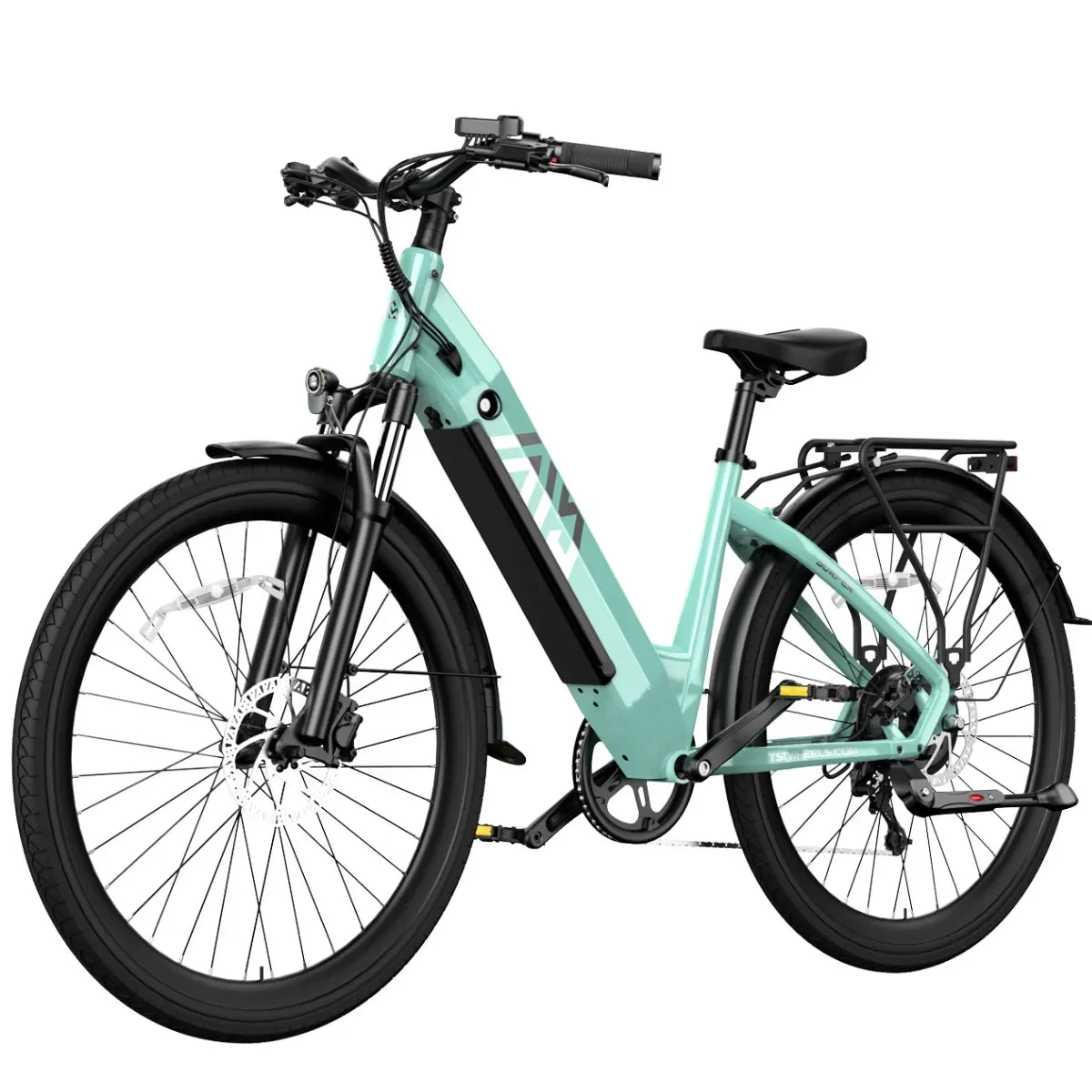
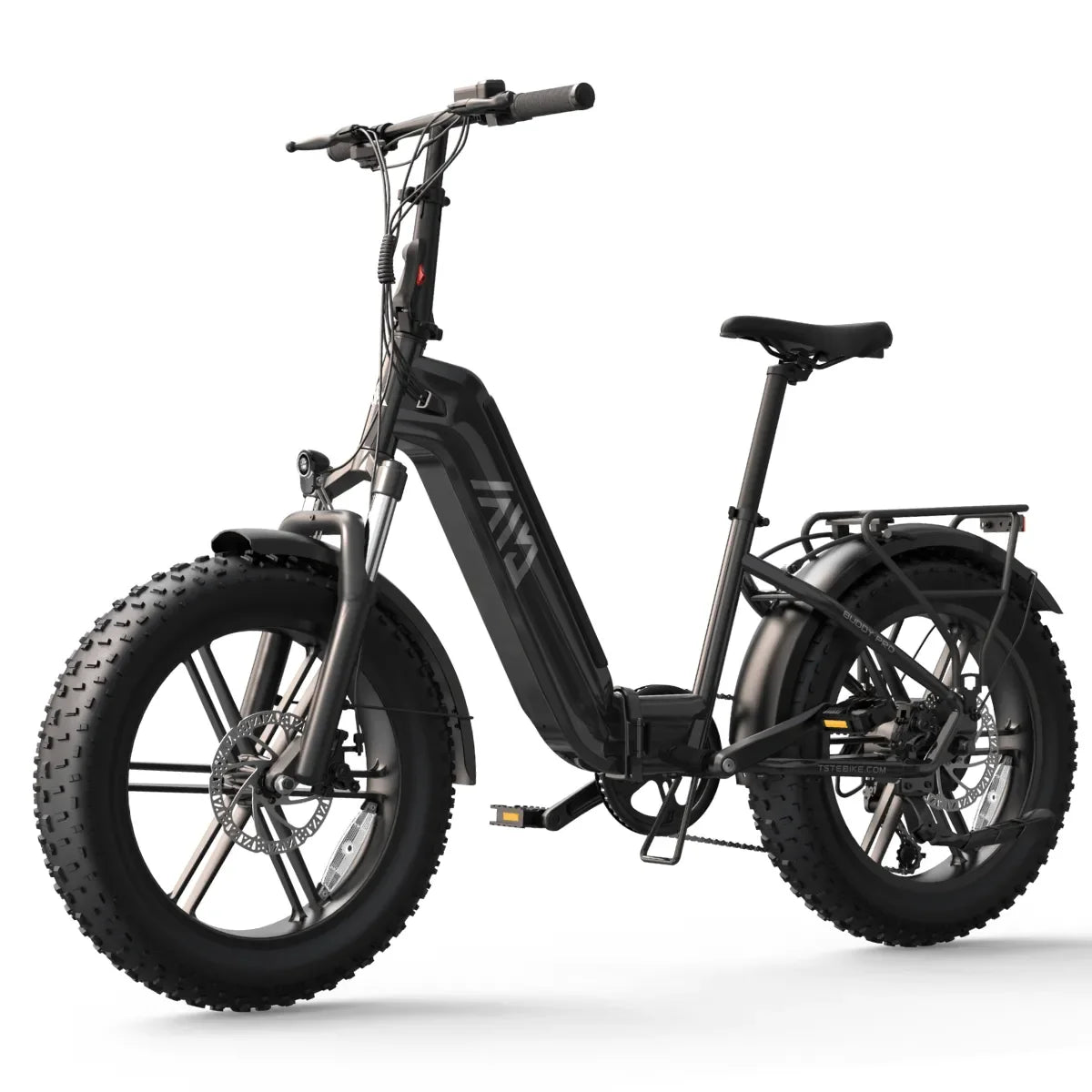
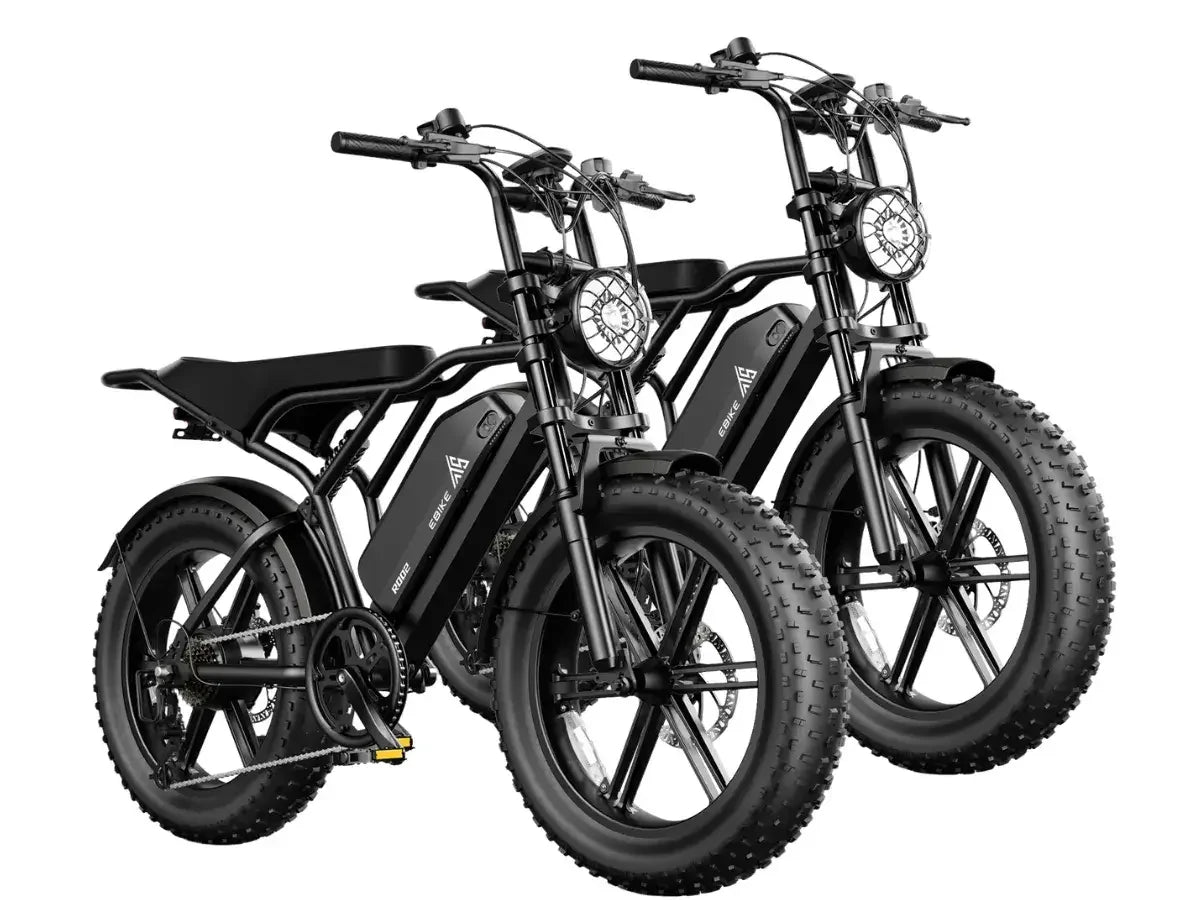
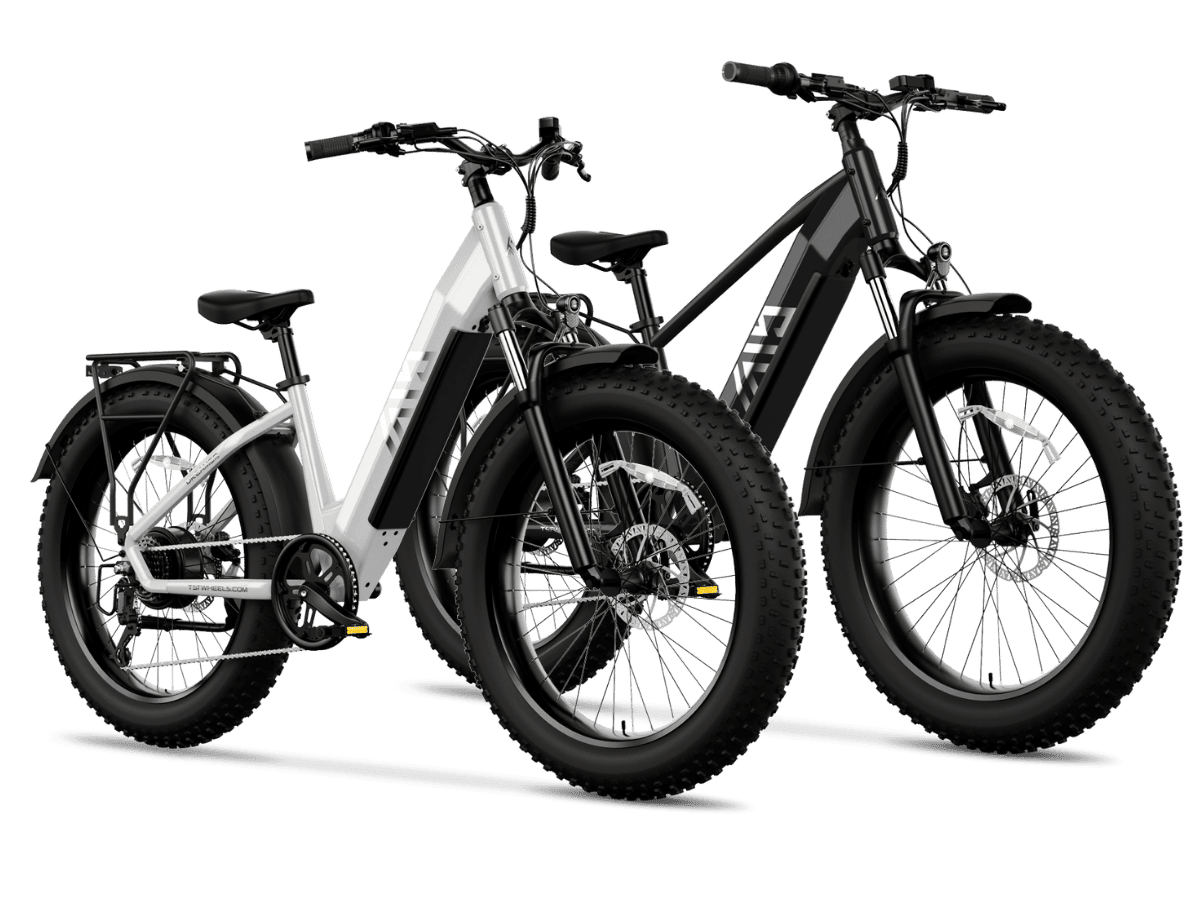
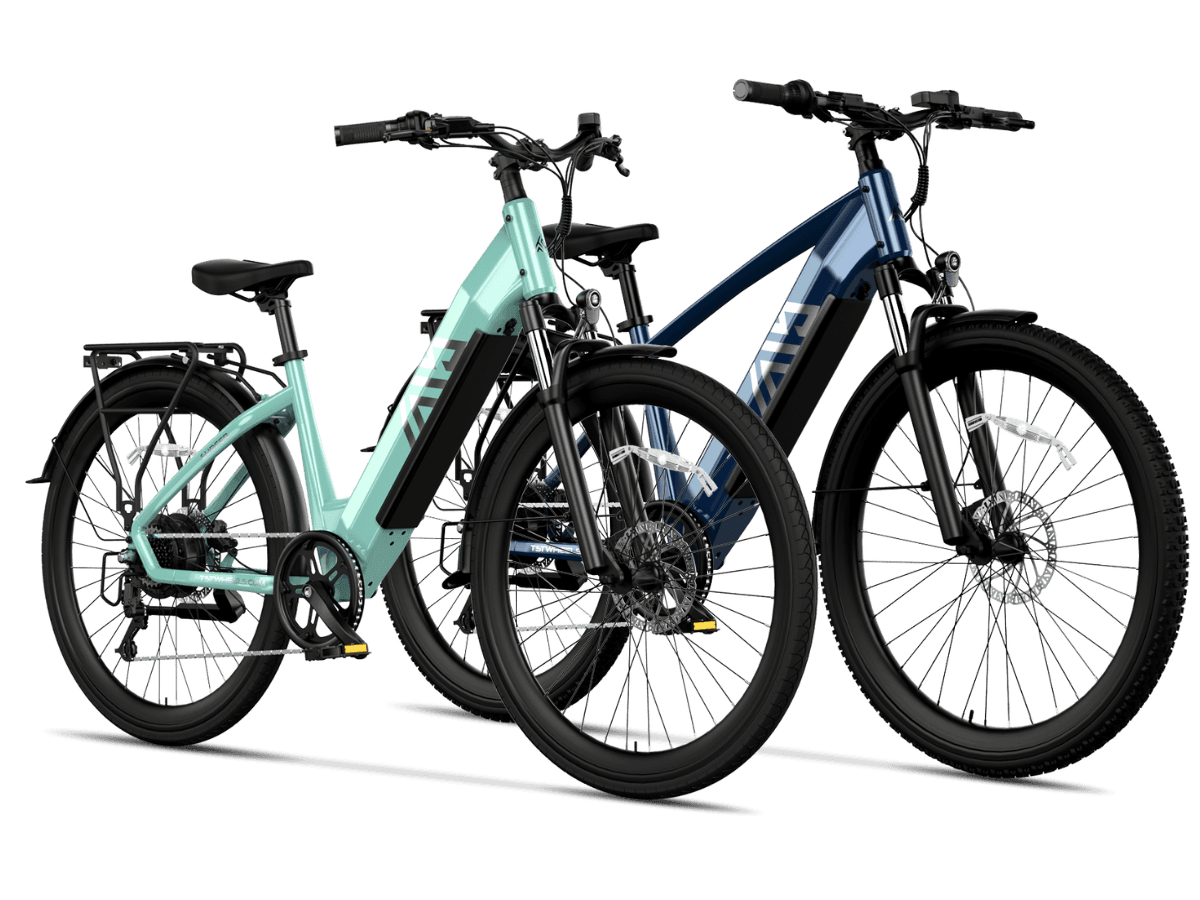
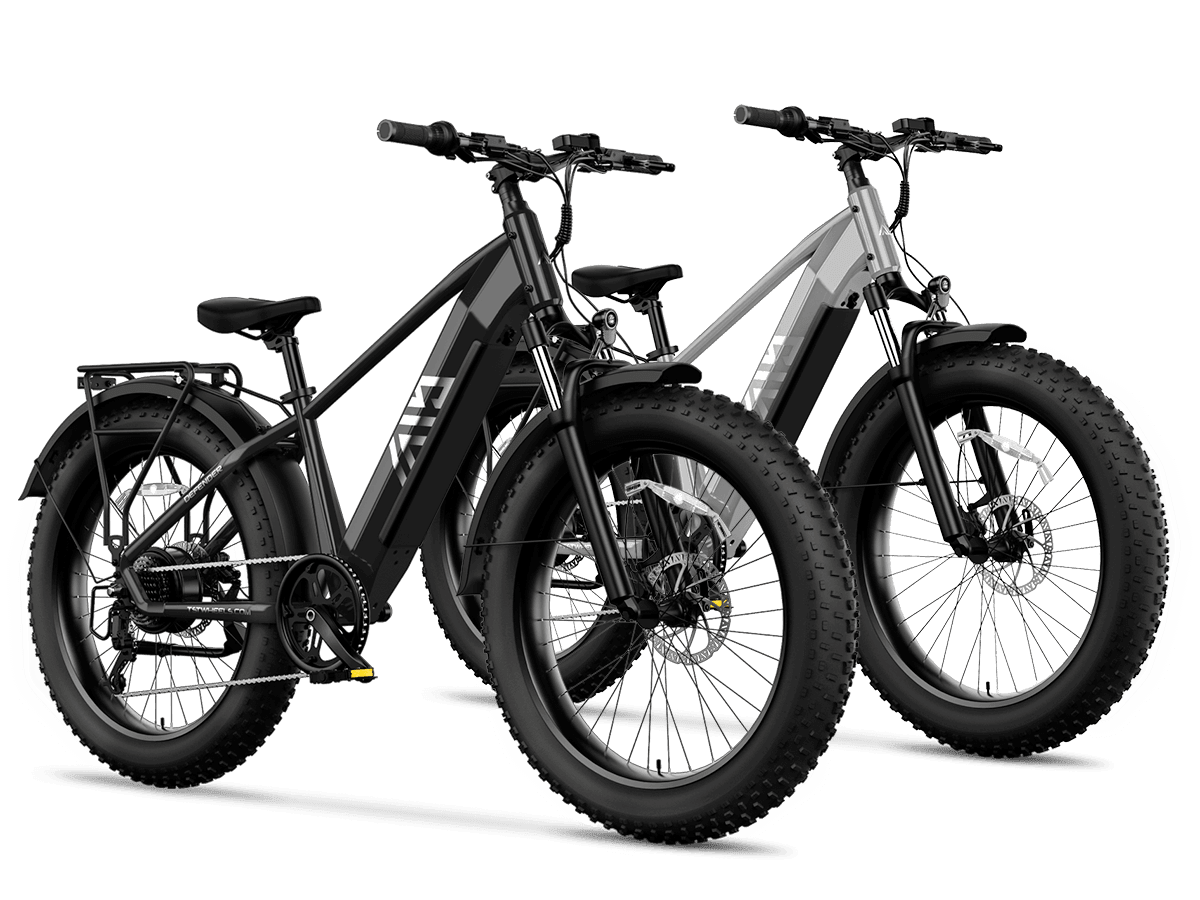
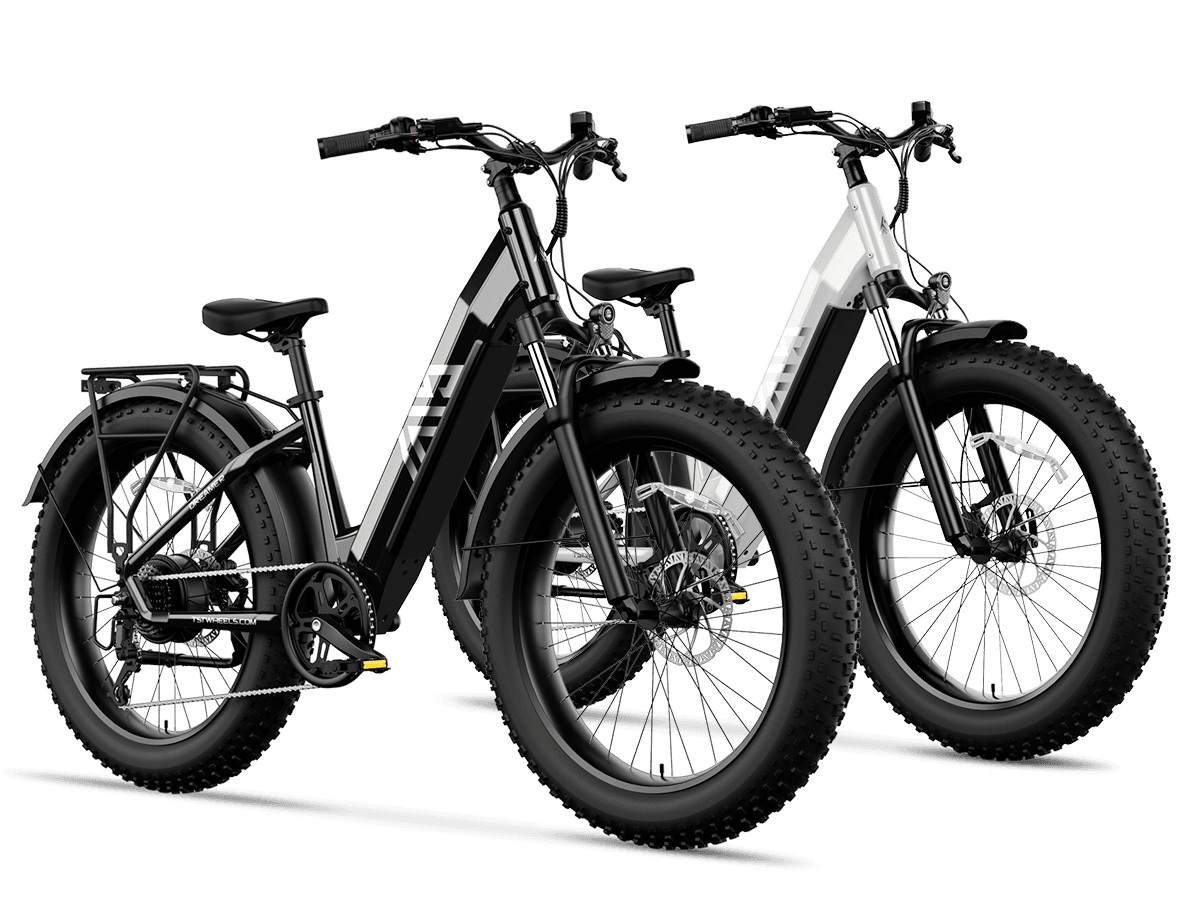
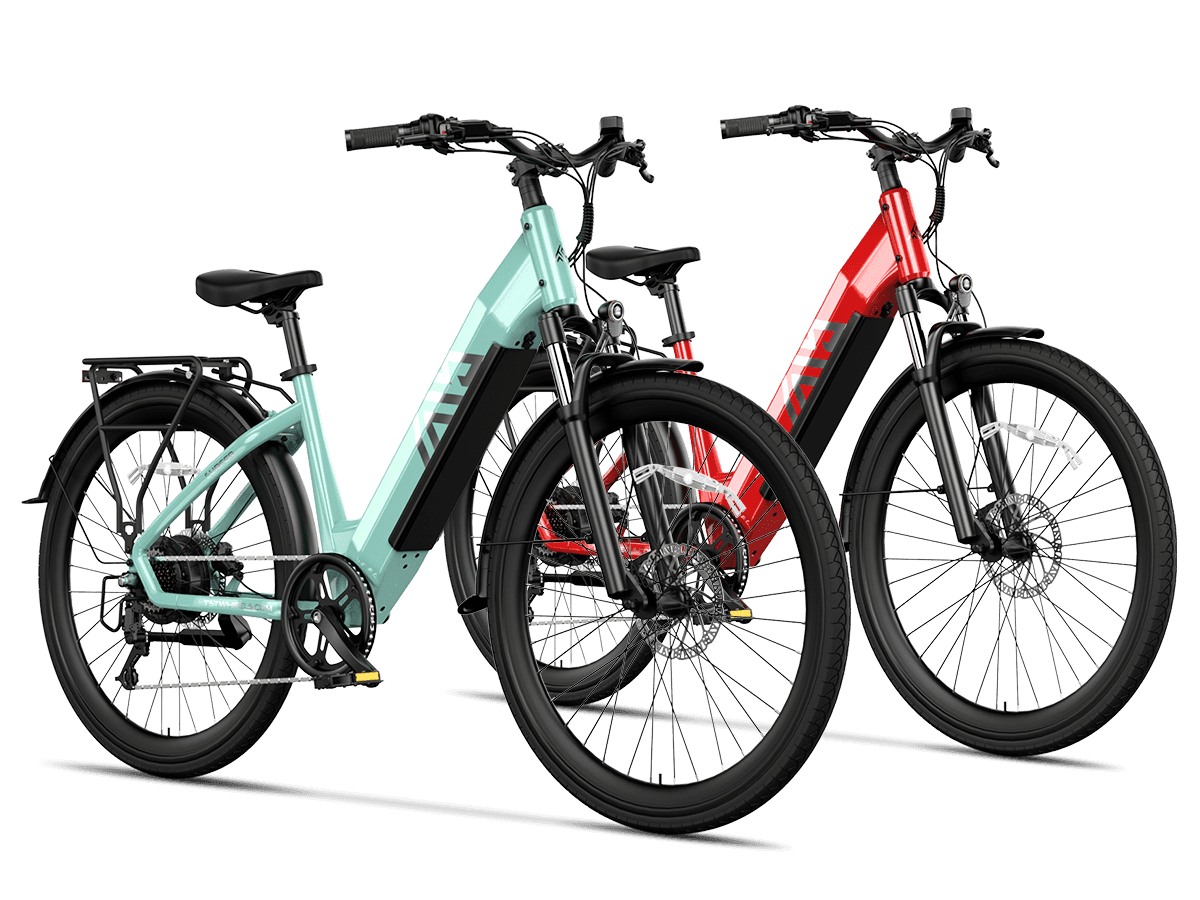
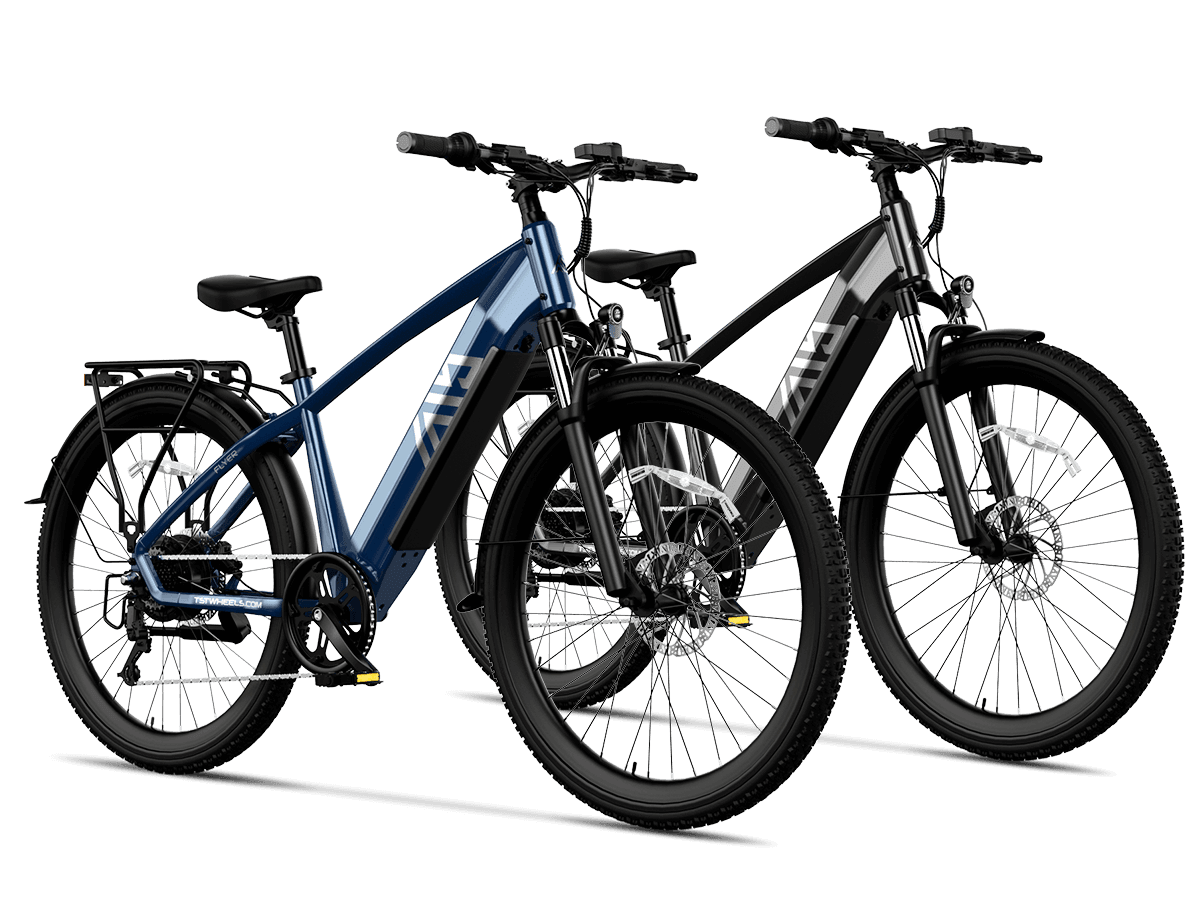
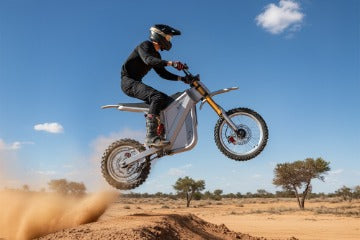
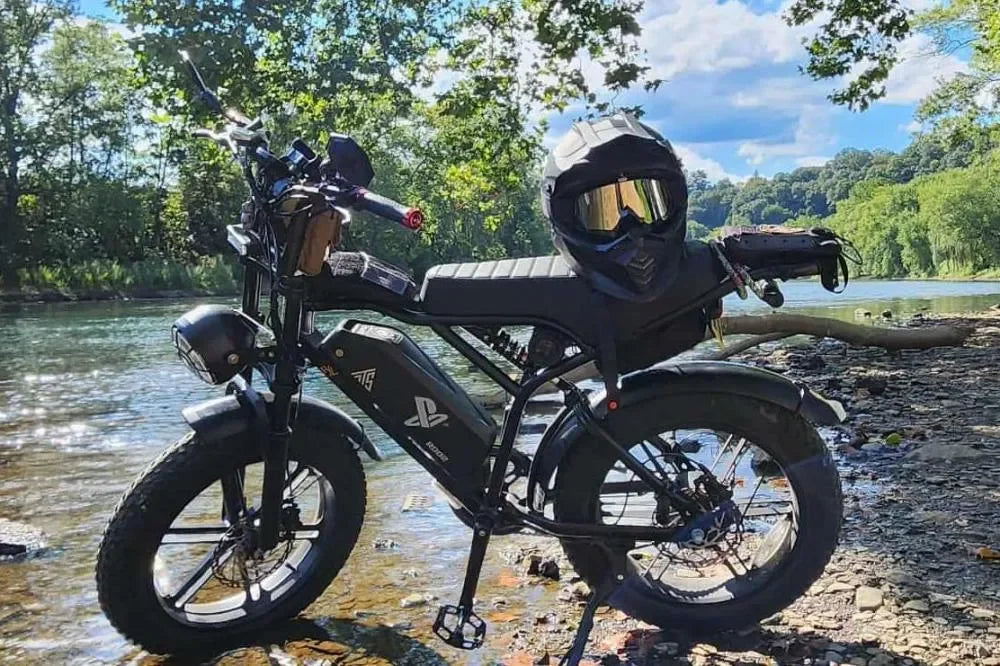
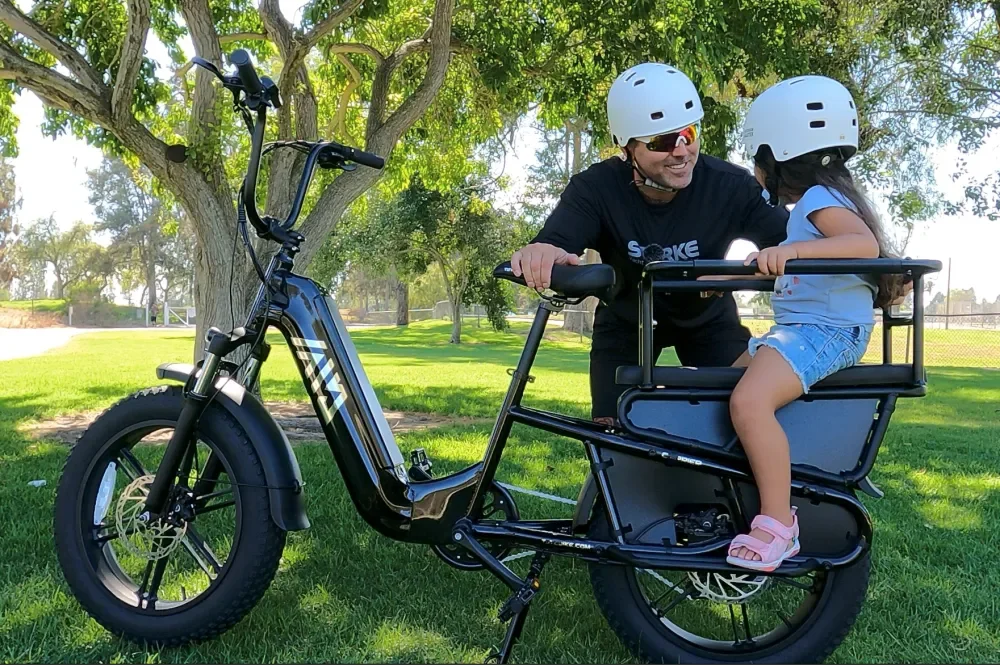
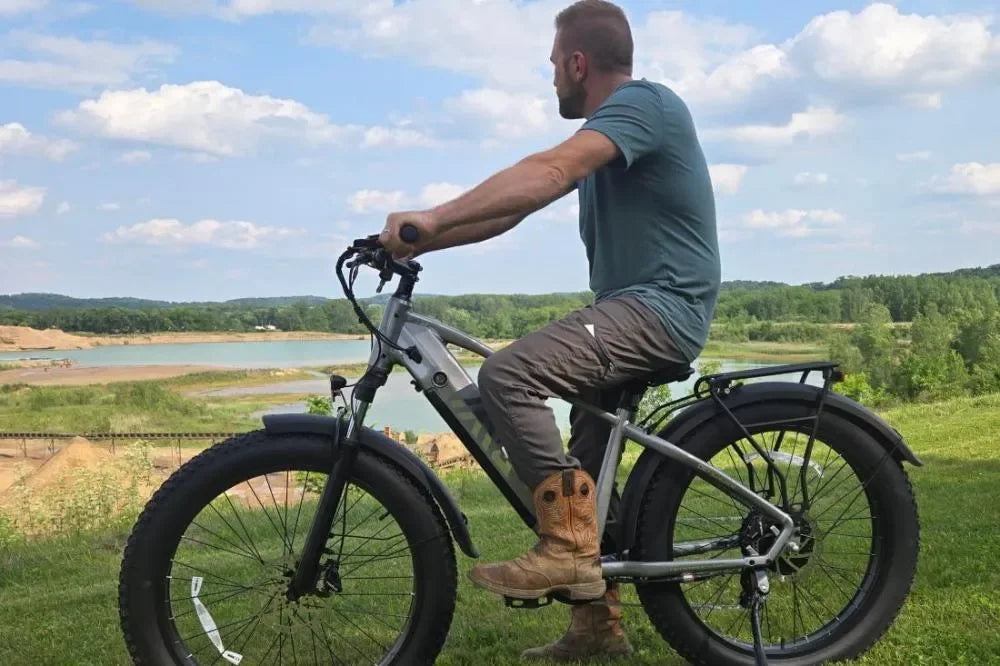
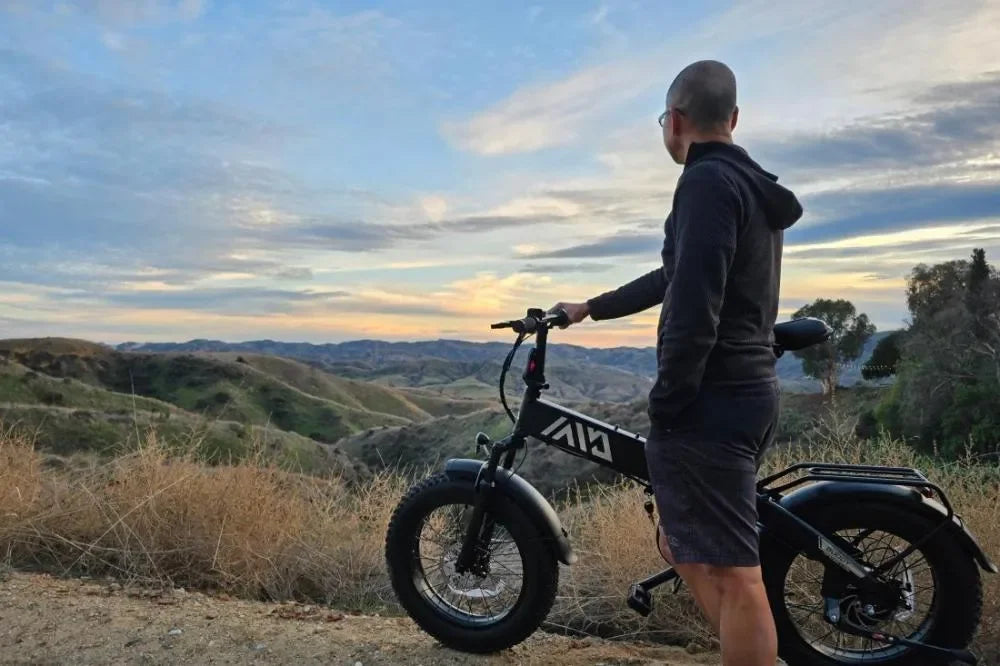
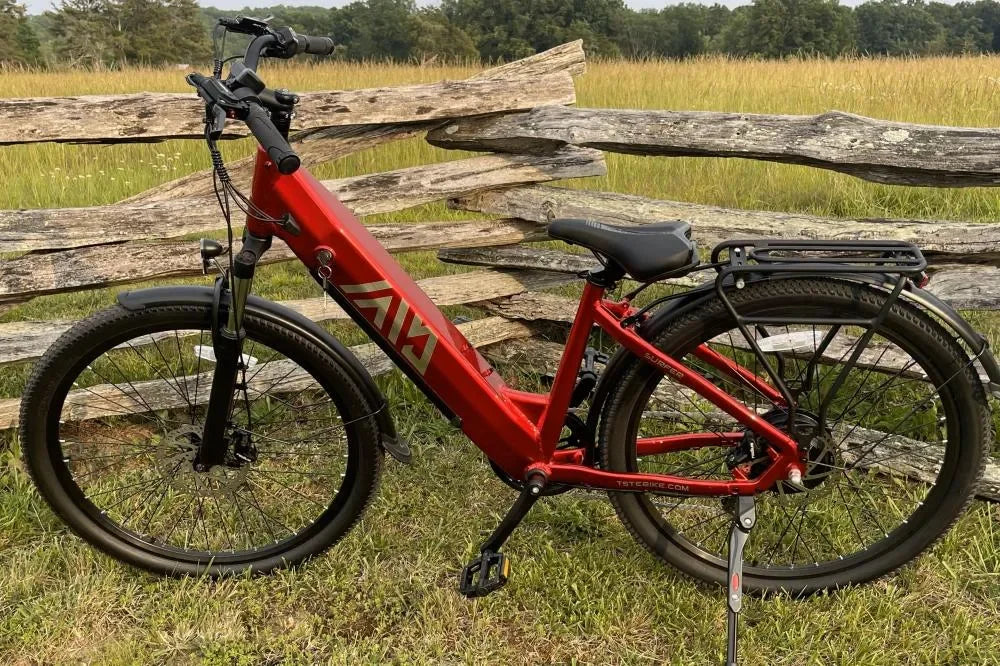
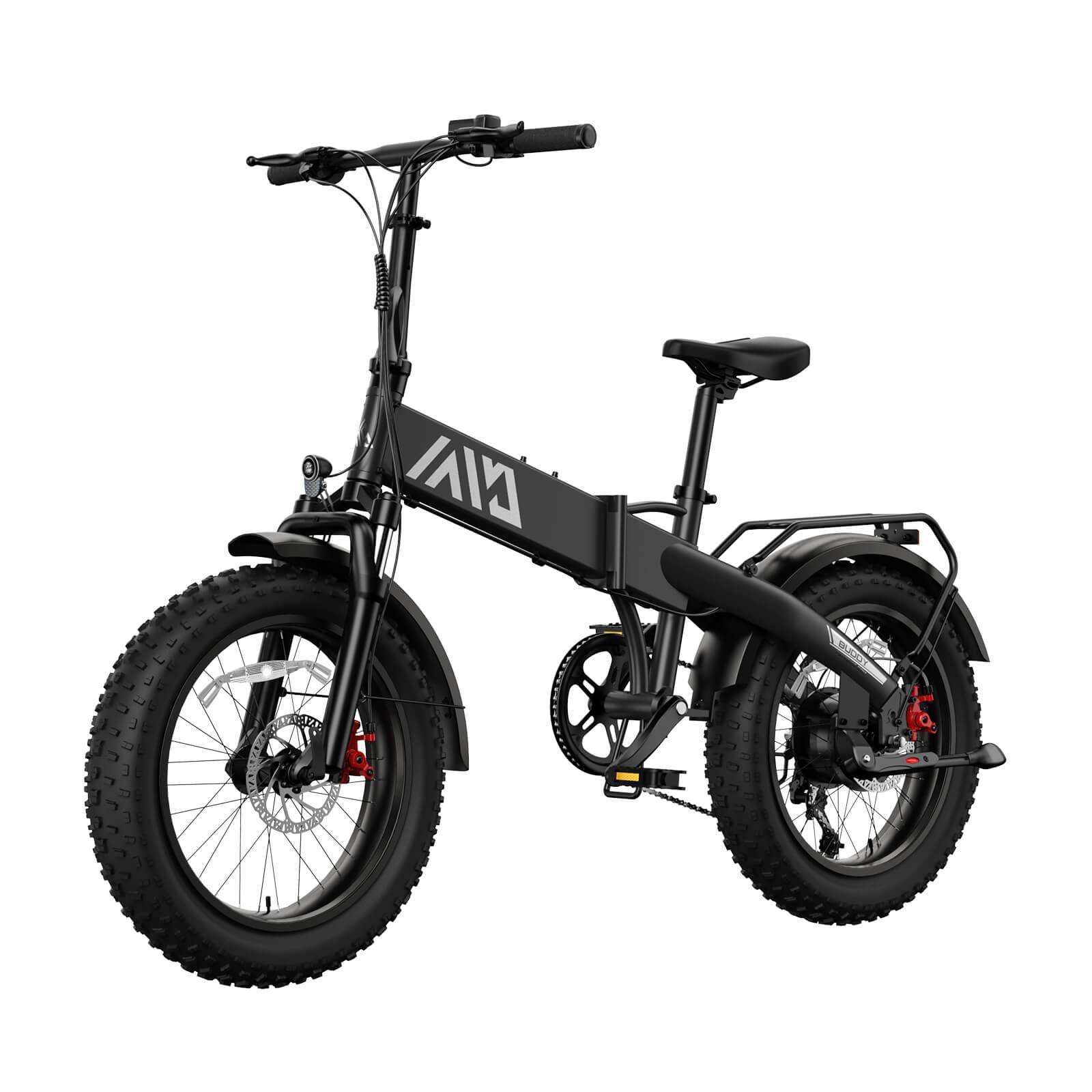
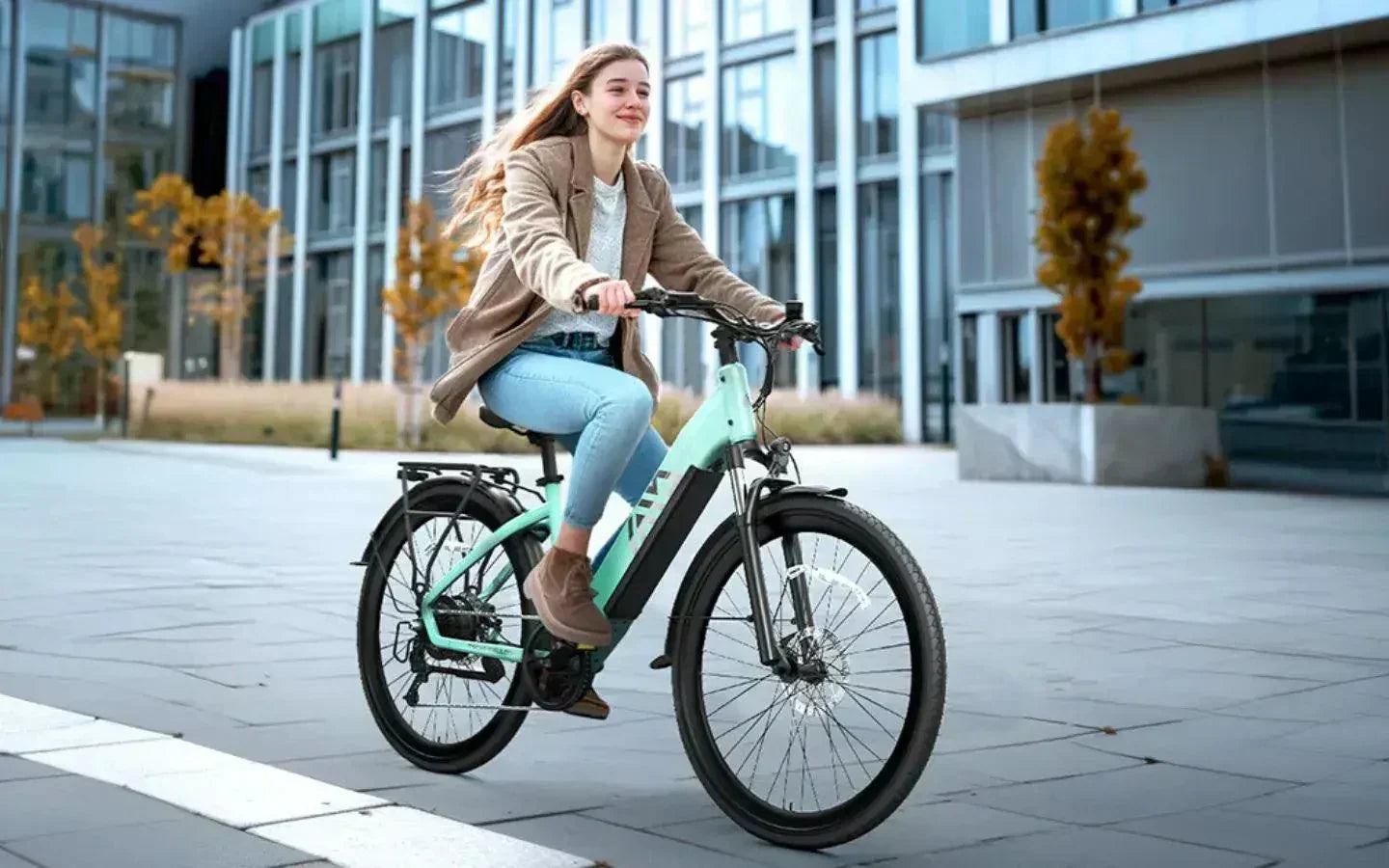
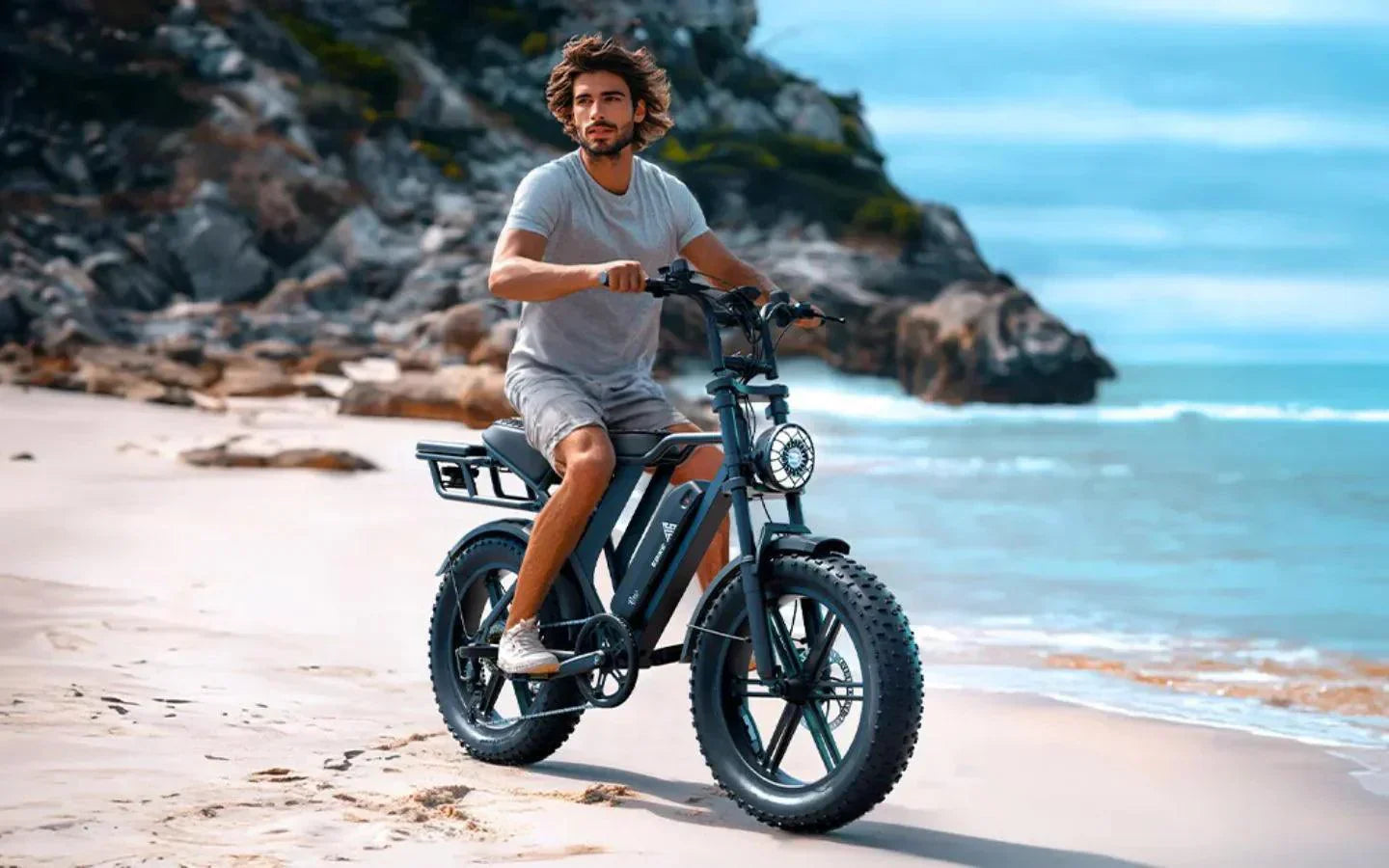
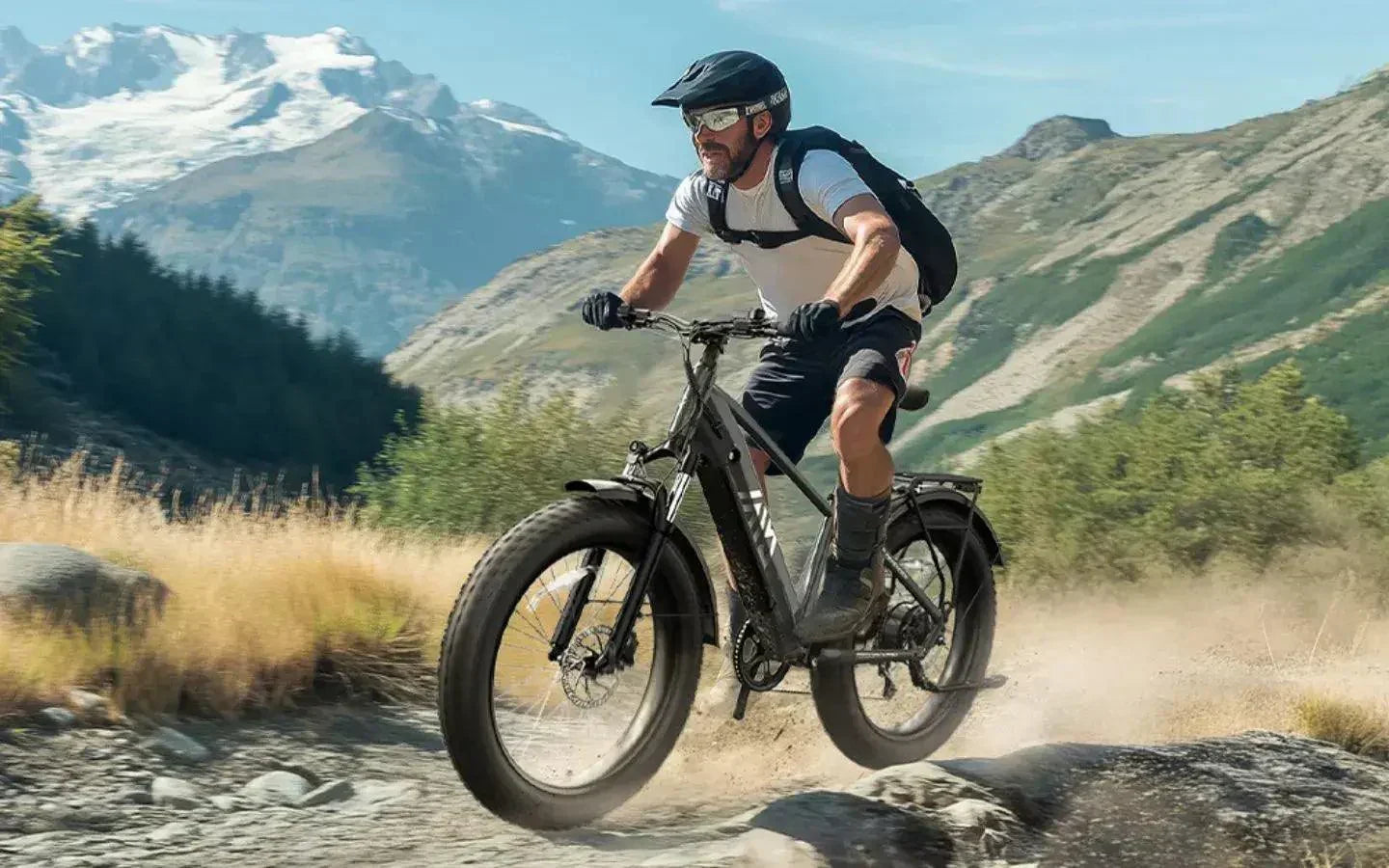
Leave a comment
All comments are moderated before being published.
This site is protected by hCaptcha and the hCaptcha Privacy Policy and Terms of Service apply.